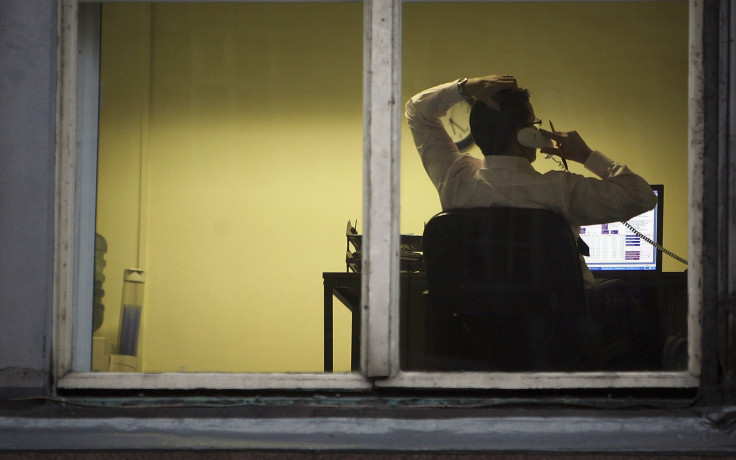Sitting 30 Minutes At A Stretch Will Kill You Faster, Study Says

A new study has found that sitting sedentary for more than 30 minutes at a stretch increases the risk of an untimely death.
The study published Monday in Annals of Internal Medicine monitored almost 8000 African-American and Caucasian participants over the age of 45 over a period of seven days.
Accelerometers on their hips monitored their activity as well as inactivity during the span of a day.
After four year, it was found that 340 of the total participants had died.
Analyzing the data, it was found that participants who kept their bouts of physical inactivity to less than 30 minutes had the lowest risk for death. But for every 30 minutes of sedentary time, the researchers found that the likelihood of death among the study participants increased by about 19 percent.
According to Gizmodo, even though have been many studies in the past to prove that extended periods of sedentary behavior in humans can lead to many medical conditions such back pain, organ damage, muscle degeneration and in serious cases death, all the studies conducted on the topic so far had their fair share of limitations.
One of the major limitations to these studies was the fact that the results were obtained by relying heavily on the word of the participants. All forms of physically inactivity was recorded and reported by volunteers who took part in the studies and hence there were often considerable chances of inaccuracies in the data obtained.

However, the latest study attempts to rectify those limitations. By closely monitoring the participants over a span of week to determine their average sedentary pattern, it was seen that they were sedentary for an average of 12.3 hours over the course of a 16-hour day, with each sedentary bout extending to around 11.4 minutes.
After taking into account age, sex, race, BMI, or exercise habits, the researchers were able to determine that apart from the total number of hours that people spent in a sedentary state, time lapsed during each individual sedentary bout was also important in determining spikes in one’s mortality rate.
“In short, we found that long sitting bouts increases a person’s risk of death,” Keith Diaz from Columbia University Medical Center, lead researcher in the study, told Gizmodo.
“We furthermore studied how long is too long for sitting bouts. We found that those individuals who frequently kept their sitting bouts to less than 30 minutes had a lower risk of death. So if you are a person who sits for long periods at work or at home, we think these findings suggest that taking movement breaks every 30 minutes could reduce your risk of death.”
As for the total number of hours spent sitting, Diaz said: “Those who sat for more than 13 hours per day had a 2-fold (or 200 percent) greater risk of death compared to those who sat for less than about 11 hours per day," CNN reported.
However, the findings are restricted in the sense that the results may vary considerably when it comes to communities of different races and ethnicities and populations consisting of healthier individuals, compared to the group who participated in the study, and were not the healthiest of individuals.
“While these factors were adjusted for statistically, readers should note that for this reason, the findings may not be generalizable to other populations comprised of different nationalities, racial and ethnic identities or healthier populations,” Carol Ewing Garber, a behavioral sciences professor at Columbia University, who was not associated with the study, said. “With all studies, we need replication of the findings in different populations to solidify our conclusions concerning the veracity of the findings.”
Even though modern life makes it easier for people to spend more time sitting on the couch or lying on the bed binge-watching Netflix or watching a movie on one’s iPad, Deborah Rohm Young, Director of Behavioral Research at Kaiser Permanente Southern California, encouraged one to take breaks from one’s sedentary lifestyle at regular intervals.
“Whenever possible break up sedentary time with movement,” Young said. “For example, when watching TV, get up and move during commercials. Set an alarm at work to break up sitting when you can.”
The need to be more physically active is greater than ever since people nowadays are also used to a lifestyle full of processed, calorie and fat-rich diet.
“We have a psychological drive for high-sugar, high-calorie foods,” Stephanie Rost, a registered dietician with the Weight Watchers 360 program, said, according to the CNN report. “These are the foods that we are surrounded by, in an environment where it's OK to eat wherever and whenever you like.”
© Copyright IBTimes 2024. All rights reserved.





















